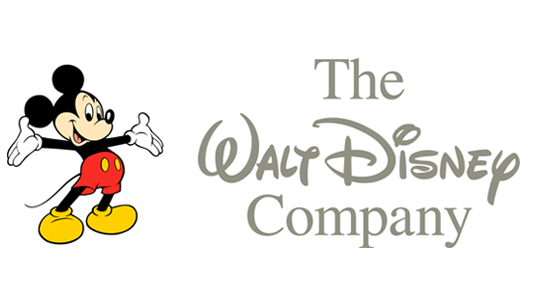Analyst: 5 Questions and 5 Answers on Disney-Fox

Sanford Bernstein media analyst Todd Juenger offered clients a quick look at his most recent thoughts on Walt Disney Co.’s Fox deal, which will bring the 20th Century Fox studio, European satellite TV company Sky and cable and sports networks into the Disney fold for about $66.1 billion in stock and assumed debt.
Juenger, along with other analysts, has been a critic of the current pay TV business model and in the past has wondered aloud whether adding more content to a package that consumers believe is too big to begin with, is the right move.
But Disney obviously feels that being even bigger than it already is will position it for the future – especially in the direct-to-consumer space – while Fox is betting that news and live sports will prove to be the winner in the changing landscape.
Here are Juenger’s five questions and a brief summary of his answers.
Will the new pro forma Disney be a higher or lower multiple stock than old Disney?
Juenger wrote that while the deal is mildly accretive, it ultimately works out that earnings per share for the New” Disney is about the same as it is for the old. As for which is more valuable – old Disney at $6.25 EPS or “New” Disney/Fox at $6.25 EPS, Juenger says it’s a toss-up.
“On one hand, there should be downward pressure on the multiple, because the Fox assets are lower multiple assets,” he wrote. “On the other hand, it could be argued Disney is consolidating its leadership position and option value, meriting a higher multiple.”
Disney will need to invest many billions of $ to launch and sustain its direct-to-consumer services.
Juenger wrote that after factoring in the required investment, he expects “New” Disney’s EPS to be lower for years, with much of that coming from foregone licensing revenue. He estimated that Fox currently generates about $3.5 billion in revenue from licensing its content (TV and movies, not including original TV production).
“Presumably, Disney acquired this content to use for its own services. Disney will need to shut down that revenue (and EBITDA),” he wrote.
Factor in lost licensing revenue from SVOD services like Netflix and any replacement costs for programming that is taken off networks in favor of the DTC product – like The Simpsons on FXX, for example – and the impact could be huge, according to Juenger.
“All told, this could easily add up to $5bn+ per year (which will continue indefinitely, and even grow as the services grow),” Juenger wrote. “This would represent ~ $4b after tax, which translates to a ~$2.00 negative hit to EPS.”
While Juenger noted that investors may be skeptical that Disney would spend an incremental $5 billion in the waks of the deal, he pointed to Netflix and Amazon, which are spending more.
“There is great irony that in order to prepare for a future without TV networks, Disney has to acquire a group of TV networks (or Sky, which derives its earnings from TV networks), and shut down the earnings generated by the content that it is acquiring,” he wrote.
As EPS goes down, multiple will go up.
Juenger again pointed to the $1 to $2 potential decline in EPS, but added that should already be oriced into the stocks. A lower tax rate should give back about $1 in EPS and Disney could choose to lessen the impact further by spending less on its OTT services (through continuing to license content to other TV outlets, or by investing in fewer original shows). But that would force investors to rein in expectations for the DTC product.
“The ‘price of entry’ for SVOD services is being set by Netflix and Amazon,” Juenger wrote. “You cannot compete with those offerings by tiptoeing your way there.”
The smarter way to stay on top of broadcasting and cable industry. Sign up below
DTC revenue will offset the costs.
Revenue from the DTC offering will offset some of the costs, but it would have to be incredibly successful. Juenger estimated that if Disney sets an $8 monthly price on the DTC service – it has said it plans to offer it at a lower price point than Netflix, which is about $10 per month – then it would need 10 million subscribers for every $1 billion in revenue. So to just make up for the $5 billion in extra spending – Disney’s break-even pint – it would need to attract 50 million subscribers to the service. Netflix, which has more than 100 million subscribers, took a decade to get there. And though Disney’s path could be quicker, it will still take years.
The faster DTC grows, the faster the legacy business declines.
The math is simple – for every thing gained n the new business, there is an equal loss in the old. For Disney, Juenger reminds investors that the more successful the DTC product is, the faster the decline will be for the traditional – and more profitable – traditional TV networks business.
“The innovator's dilemma, personified,” he wrote.
